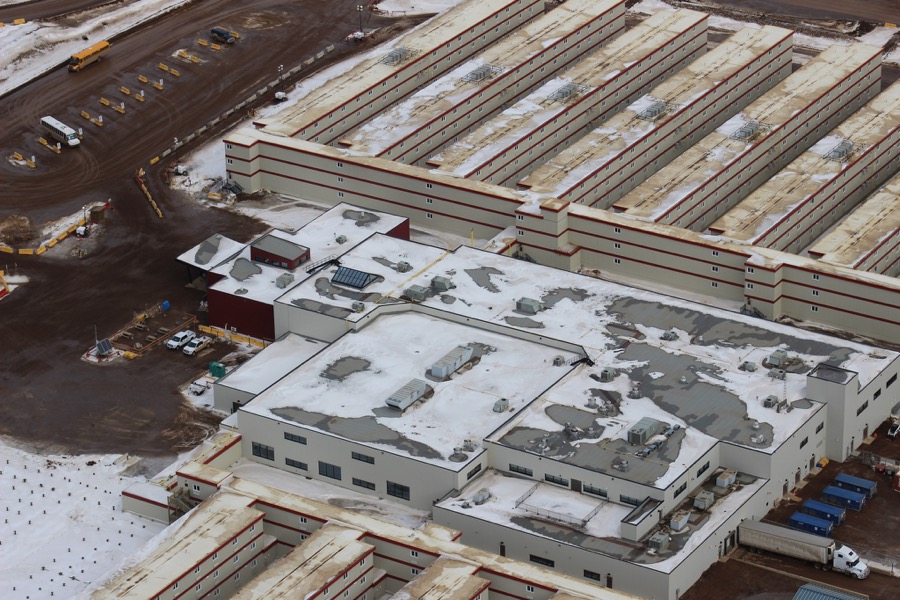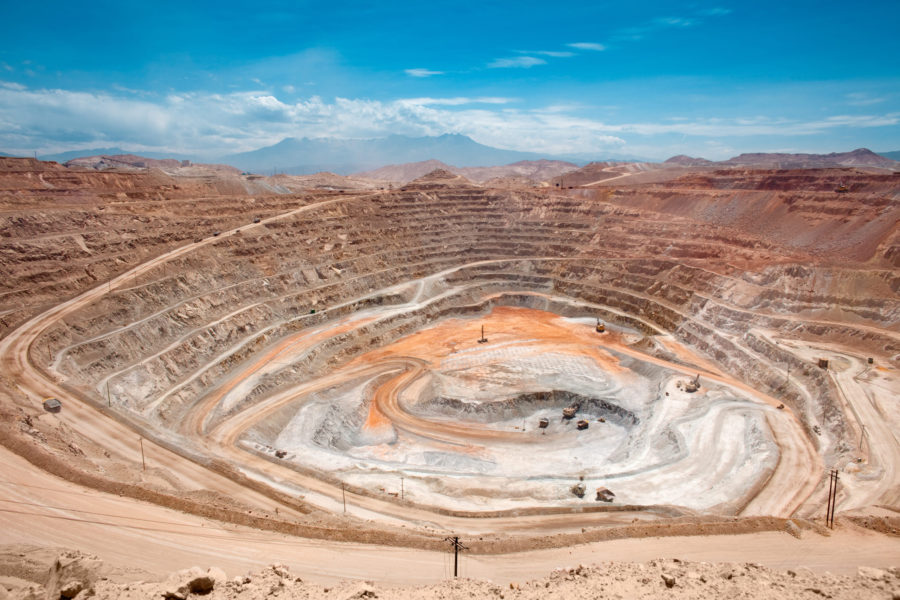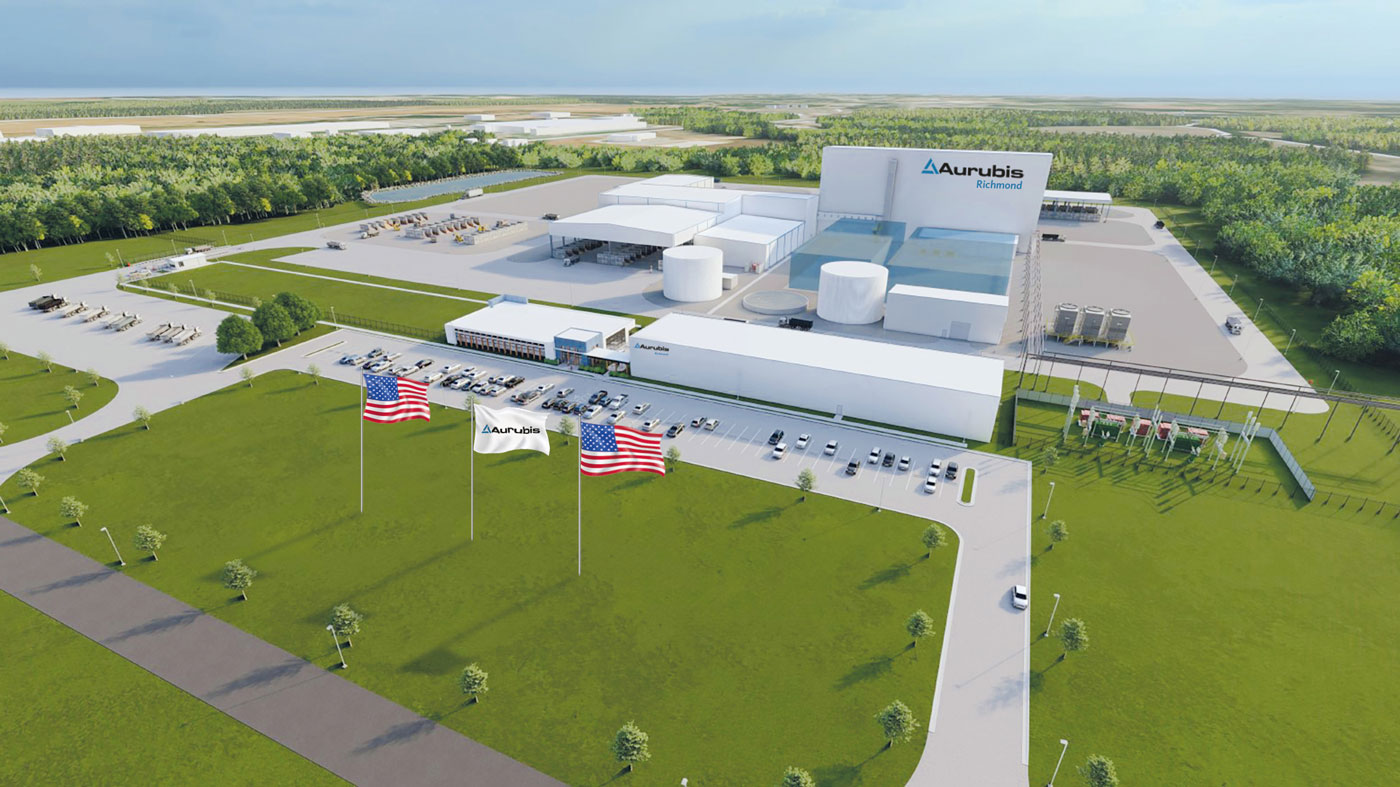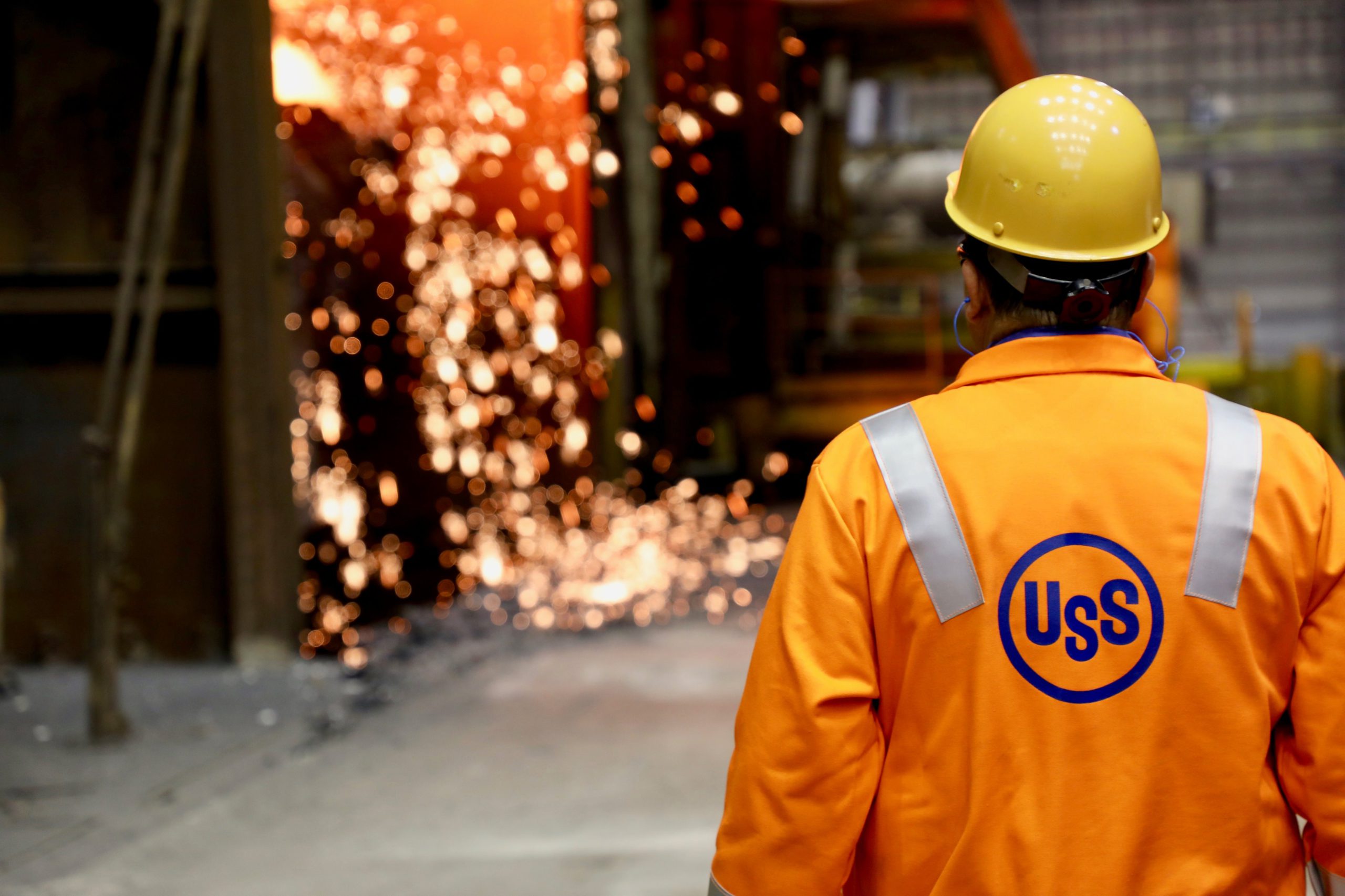These three major oil sands projects are almost done

Three major oil sands projects will be completed over the next four months as the final pieces of the last of a wave of major expansions that began construction prior to the oil price collapse in 2014.
Each of these projects is historic in its own right: the industry’s sixth (and possibly last) new mining operation, a major increase to upgrading capacity in a sea of diluted bitumen; and Canada’s first new refinery in 30 years.
All three projects are now over 95 percent built and transitioning into start up.
The 190,000-bbl/d Fort Hills mine is so close to completion that its first sales of intermediate product are expected within weeks, Suncor CEO Steve Williams said last week.
The 80,000 bbl/d Stage 3 of Canadian Natural Resources’ integrated Horizon project will be mechanically complete and ready for tie-in and commissioning this month, Canadian Natural Resources said in early August.
And finally, fossil fuels have officially entered the 50,000 bitumen-to-diesel Sturgeon Refinery as construction winds down, North West Refining said last month.
When these projects are finished, just four expansions of existing in situ projects will be left on the “under construction” list; four projects with combined total capacity of about 110,000 bbls/d.
That’s quite a change for the oilsands industry and for Alberta, when in recent years there were periods when over one million bbls/d of oilsands production capacity was under construction.
With WTI pricing stuck in a $45-$55 range with no release in sight, a new surge of construction is unlikely any time soon. There will be glimmers of growth, however, as companies continue to realize success at making their in situ expansion projects competitive with light tight oil – particularly after Cenovus Energy rights its balance sheet and Suncor Energy pulls the trigger on SAGD replication.
This article was first published at JW Energy.
More News
Peru mining chamber sees copper output up 2-4% this year
That would put Peru's copper production between 2.79 million and 2.85 million metric tons.
April 09, 2025 | 02:53 pm
Aurubis to ramp up new US copper recycling facility
Aurubus has invested $800 million building the project, which took four years.
April 09, 2025 | 02:50 pm
Trump says he does not want to see US Steel go to Japan
The comment appeared to contradict recent actions by the Trump administration.
April 09, 2025 | 02:49 pm
{{ commodity.name }}
{{ post.title }}
{{ post.excerpt }}
{{ post.date }}




Comments